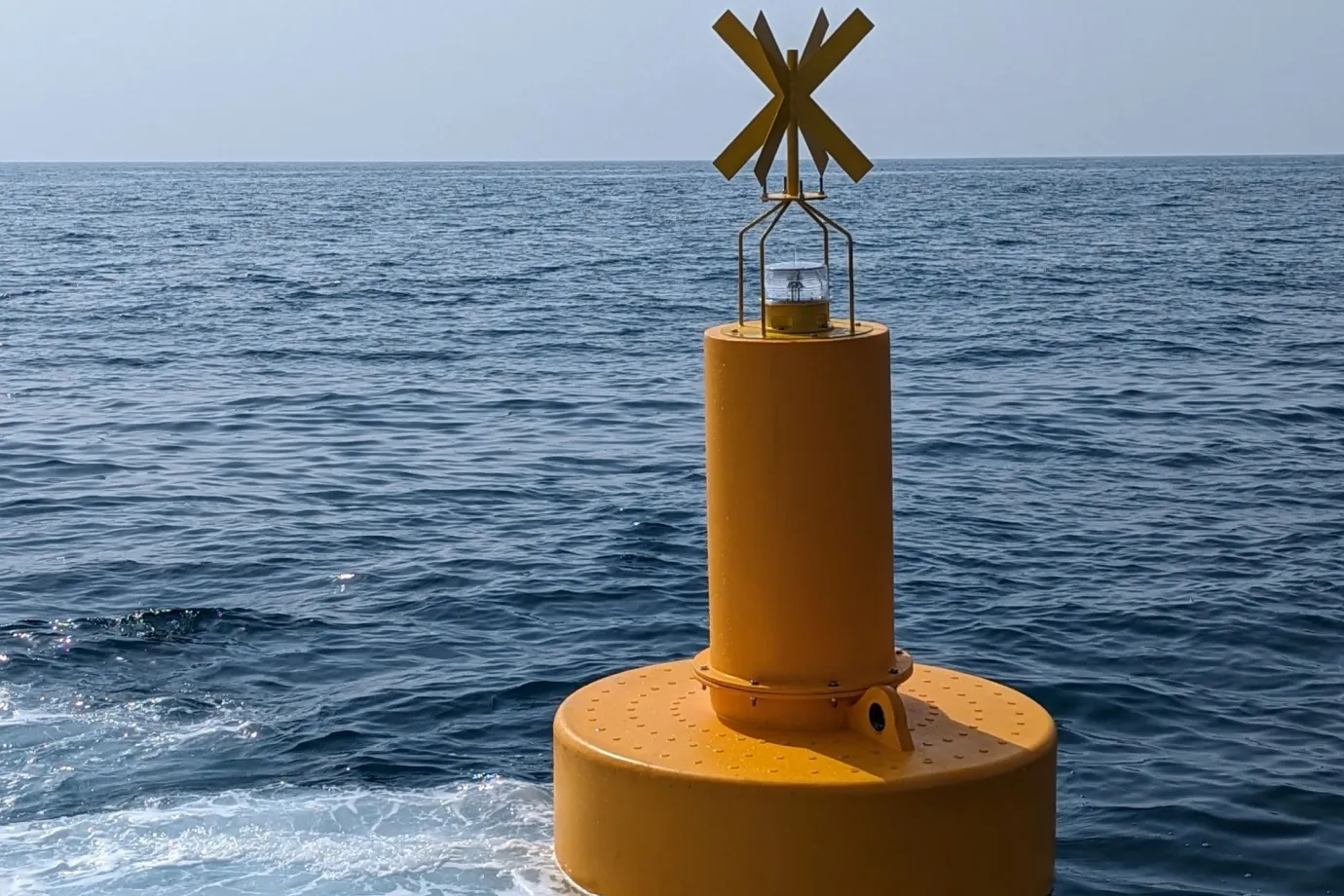Swimming and boating are enjoyable activities, especially in natural waterways. However, they can be dangerous around dams due to the risk of drowning, falls, and contact with electrical or mechanical components. These threats not only ruin your entertainment but can also hurt you seriously. To prevent the serious dangers derived from doing these activities around dams, people formerly used warning signs to determine the dam’s area. Accordingly, swimming and boating were prohibited in those specified areas.
With the development of technology, some innovative solutions have emerged to address this problem. One of the most efficient solutions is using the dam safety barrier. In this blog post, we will comprehensively introduce these super-efficient barriers, their applications, the importance of using them, the rules and regulations you must observe, and any other details you need to know.
Enhance protection at dams and water intakes with our durable “watercraft safety booms” designed for marine safety applications.

What Is the Dam Safety Barrier?

Dam safety barriers, also known as dam safety booms, are floating barriers used to specify dam areas. They prevent the public from facing dangerous situations during waterway activities like swimming or boating. These efficient marine safety products are designed to define a boundary near the dams and separate them from public areas, providing a safe area for you to enjoy swimming or boating without worrying about drowning or falling into the dams.
See also: “Provide Safer Waterways with Safety Booms“
Crucial Rules and Regulations about Dam Safety Barriers
Dam safety booms play a significant role in providing marine safety, especially in areas that are often used by the public. However, there are some crucial rules and regulations that should be observed before installing a dam safety barrier due to their wide applications in the United States, Canada, and the European Union. These regulations are as follows:
- The dam safety booms should be designed standardly to ensure they can remain floating in different conditions.
- The materials used in dam safety barriers should be resistant to water, weather conditions, and tidal flows.
- The dam safety barriers must be inspected regularly to be repaired or replaced immediately after damage or malfunction.
- Dam safety booms should be built with eco-friendly materials, minimizing the harm to ecosystems.
- Installing dam safety barriers requires specialists and engineers to ensure they are installed safely.
- Dam safety booms should be designed specifically based on the dam’s area conditions and features to enhance their application.
- Warning signs must be used along the dam safety booms to inform the public that they specify the dam area.
The Applications for Dam Safety Booms

As their name suggests, dam safety barriers or booms are versatile products mostly used to define the dam areas. Nevertheless, they can be used efficiently for various purposes. Here, the primary applications of dam safety barriers are as follows:
Public Safety
Dame safety barriers are widely used to determine the dam areas, separating them from public areas. They efficiently act as a boundary to prevent the public from swimming or boating near the dams, minimizing the harnesses like floods, falls, and other dangers that threaten people’s lives.
Preventing Erosion
Water flows can erode the dam walls and structures over time. Reducing activities around the dams can minimize water flow and significantly protect the dams from erosion. In addition, using dam safety booms on spillways to control the intensive water flow can be effective in making dams more durable.
Environmental Protection
Dam safety barriers can play a crucial role in environmental protection. They efficiently prevent the release of contaminated water and sediments into the downstream, protecting wildlife and ecosystems.
Types of Dam Safety Barriers
Dam safety booms are provided in various types based on their applications and features. Ador offers three types of dam safety barriers that are introduced in detail in the following:
Canoe Booms
The canoe boom (CAB) is an efficient type of dam safety boom designed to prevent the passage of canoes, dinghies, and any other small craft. They are provided with a modular design with customizable spacing and polyurethane foam bodies, ensuring complete buoyancy and resistance to weather conditions and high UV environments. Additionally, our canoe booms are represented in four different models based on their float sizes.
Traffic Control Booms
The traffic control boom is another type of dam safety boom we offer. These efficient products are the best solutions for nearshore applications, waterways, marinas, and natural reserves due to their inseparable design. They are also manufactured with polyurethane foam, making them resistant to high UV environments. Our traffic control booms are designed in four different types based on their size, and all of them are heavy enough to ensure there is no risk of lifting them by hand and passing underneath them.
Log Screen Booms
Ador’s log screen boom (LSB) is a versatile boom, acting as both a dam safety boom and a debris boom. They are efficiently designed to prevent both public and debris from passing through. We provide them with UV-stabilized polyethylene foams and unique tubular backbone, making them immensely strong. These versatile products are offered in three models based on their sizes.
What Is the Importance of Dam Safety Booms?
First and foremost, dam safety barriers are necessary to determine dam areas and keep the public away from dangerous situations that might occur near dams. On the other hand, dam safety barriers can significantly protect the dam itself, making it more durable by eliminating the harmful factors that threaten the dam structure, such as intensive water flow, ice, and floating objects. Therefore, using dam safety barriers not only protects people’s lives but also reduces the costs of dam maintenance by protecting them from damaging factors.
The Process of Dam Safety Barriers Installation
According to their importance in protecting people’s lives and dam structures, they should be installed by specialists and engineers, ensuring that they are installed accurately. However, installation of some of them can be straightforward and make them more efficient. Here are the steps that will guide you on how to install dam safety barriers:
- Lining the floats up and spacing them about 1 meter apart.
- Inserting the wire rope through the floats and assembling them all.
- Installing the wire rope grips.
- Forming a hard eye by bending the loose and back onto itself.
- Placing the steel thimble into the wire rope eye-opening.
- Connecting the short link chain lengths to both ends.
- Installing the anchor shackle through the last chain link on one end and installing the shackle pin.
- Rolling the dam safety boom into the water and using installed shackles to connect it to the points on the shore.
See also: “Easy 12 Steps to Assembly Safety Boom“
How to Choose a Suitable Dam Safety Boom?

Choosing the suitable dam safety boom that can meet your marine safety goals depends on several factors. For instance, it is important to choose a resistant dam safety boom for areas with intensive water flows. On the other hand, you should consider that the safety booms you choose must be designed based on the required features. Therefore, you need a comprehensive understanding of dam safety barrier structure, features, and even installation to make the right decision.
Conclusion
In summary, dam safety barriers are efficient products that play a crucial role in determining the dam areas. They are specifically designed to keep the public away from dangerous situations in dam areas and even protect the dam structure in some cases. As a result, understanding what dam safety booms are, their applications, rules and regulations, and other related details help you meet your marine safety goals as well.




